
Capital Structure & its Impact on Profitability
Introduction
Capital structure refers to a mix of equity and debt whereby the company employs funding for growth and operations. Capital structure is an important decision because it directly impacts a firm's profitability, risk level of finances, and a firm's value. Companies want equilibrium in a capital structure with an optimal ratio of return and risk. This article is about the impact of capital structure to profitability and the most significant parameters which need to be looked into by companies.
Understanding Capital Structure
Capital structure of a company involves two large pieces:
- Equity Financing: Funds raised from issuing common and preferred stock.
- Debt Financing: Funds borrowed, such as bonds, loans, and lines of credit.
Capital structure of a firm is usually examined with the assistance of debt-to-equity (D/E) ratio, i.e., the proportion of debt to equity in funding a firm's business. Ideally the healthy Debt Equity ratio is considered to be as 2:1. A higher Debt equity ratio indicates that company acquire more debt finance in comparison to equity which increases the chances of defaulting in long run period. However low Debt equity ratio suggest low financial risk and more conservative financing strategy.
In general, a higher Debt equity ratio suggests that a company is relying more on Debt financing than equity financing which will increase its financial risk and a lower Debt equity ratio implies a company to be less risky.
The Debt-to-Equity Ratio formula is: Total Debt / Total Equity
Impact of Capital Structure on Profitability
1. Net Profitability and Cost of Capital
Cost of capital is the percentage at which a firm repays for financing its activities and assets. It includes the cost of debt (cost of interest) and cost of equity (dividends or expected return by the shareholders). A firm having a large proportion of high-cost debt will see reduced net profitability because of an excessive cost of interest. Total financing in equity will result in watered-down ownership and a lower earnings per share (EPS).
2. Tax Shield of Debt
The advantage of debt financing is the tax shield—debt interest is tax deductible, which conserves taxable income and increases net profit. Companies utilize debt as a tax payment-saving and profitability foundation.
3. Financial Risk-Profitability Trade-off
Though profit can be optimized by using debt, it is also more financially risky. Overuse of debt may result in Companies need to therefore identify the appropriate debt-equity ratio that will optimize profitability without incurring too much risk.
4. Impact on Operational Efficiency and Growth
A well-designed capital gives business firms outlets to finance expansion strategies such as expansion, acquisition, and technology enhancement. Over leverage, however, hinders cash flow and discourages spending on research and development, thus curtailing long-term profitability.
Optimal Capital Structure for Profitability
There is no optimum capital structure because the ideal mixture depends upon industry, economics, and company factors. Optimum capital structure, though, will be when the benefits of debt capital (leveraging and tax shelters) are more than costs and where the equity capital delivers stability and mobility.
Strategies and methods for maximizing capital structure are:
- Having a medium debt level in order to possess tax shelters without amplifying financial risk.
- Assessing interest rate terms in order to have capacity to absorb lower-cost debt.
- Diversifying funds in order to bring about more freedom of finances.
- Capital structure monitoring from time to time against the backdrop of business and market performance.
Conclusion
Capital structure decisions to a large degree determine the profitability of the company. Borrowing enhances returns but over-borrowing incurs the cost of capital and stifles profit. Excessive use of equity will dilute profit and limit growth potential. The optimal mix of debt and equity should be employed to enhance profitability as well as financial well-being. The company should re-evaluate and adjust the capital structure from time to time in line with company goals as well as market conditions.
Recent Posts
-
 Coso framework: Complete guide on internal control...
Jun 26,2025
Coso framework: Complete guide on internal control...
Jun 26,2025
-
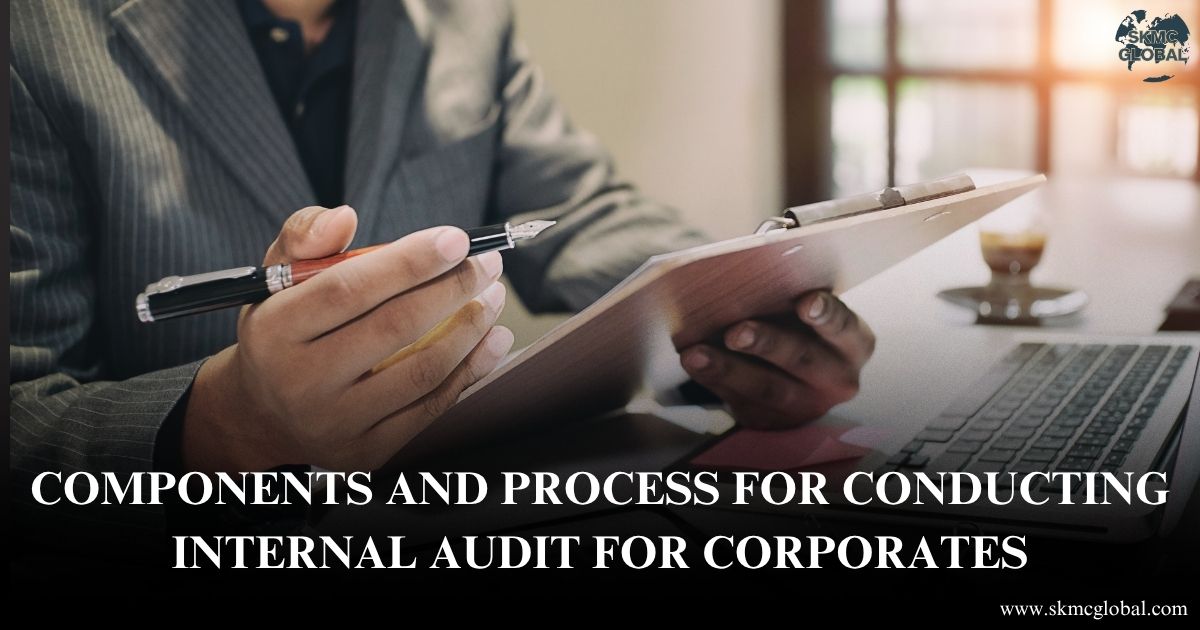 Components and Process for Conducting Internal Aud...
Jun 25,2025
Components and Process for Conducting Internal Aud...
Jun 25,2025
-
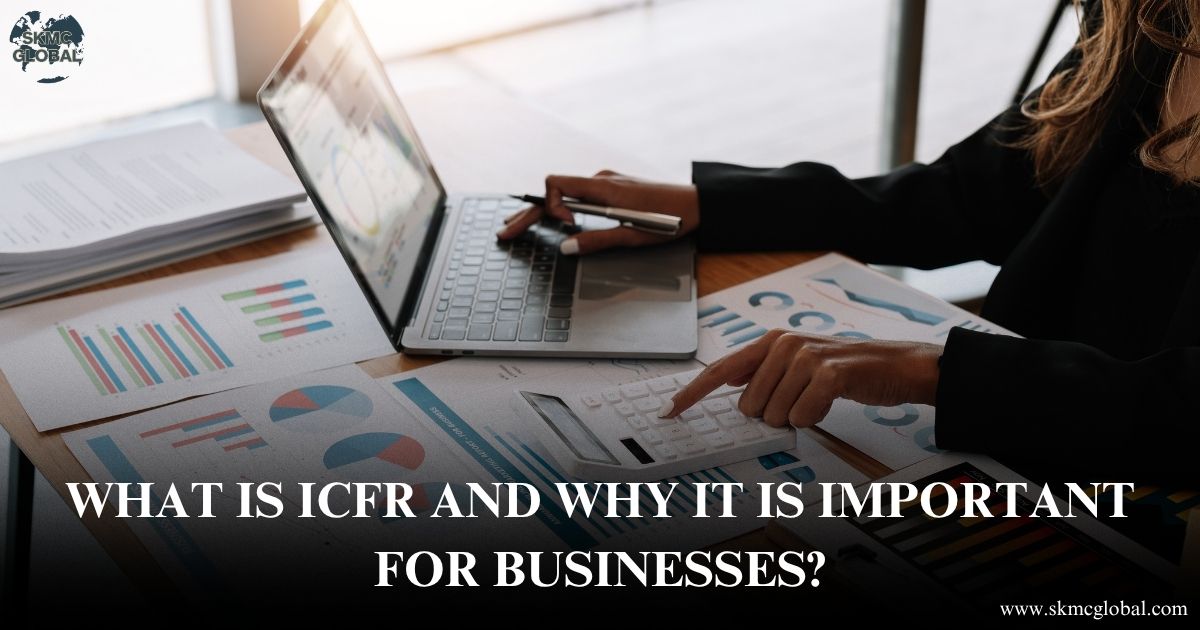 What is ICFR and Why It is Important for Businesse...
Jun 24,2025
What is ICFR and Why It is Important for Businesse...
Jun 24,2025
-
 Understanding WPC Certification and its applicabil...
Jun 23,2025
Understanding WPC Certification and its applicabil...
Jun 23,2025
-
 Procedure to take EPR registration for battery was...
Jun 21,2025
Procedure to take EPR registration for battery was...
Jun 21,2025
-
 What is 3pl? How 3rd party logistics company can o...
Jun 19,2025
What is 3pl? How 3rd party logistics company can o...
Jun 19,2025
-
 What is E-Waste and role of EPR in Waste Managemen...
Jun 17,2025
What is E-Waste and role of EPR in Waste Managemen...
Jun 17,2025
-
 M&A Due Diligence in India: How to Spot Target Com...
Jun 16,2025
M&A Due Diligence in India: How to Spot Target Com...
Jun 16,2025
-
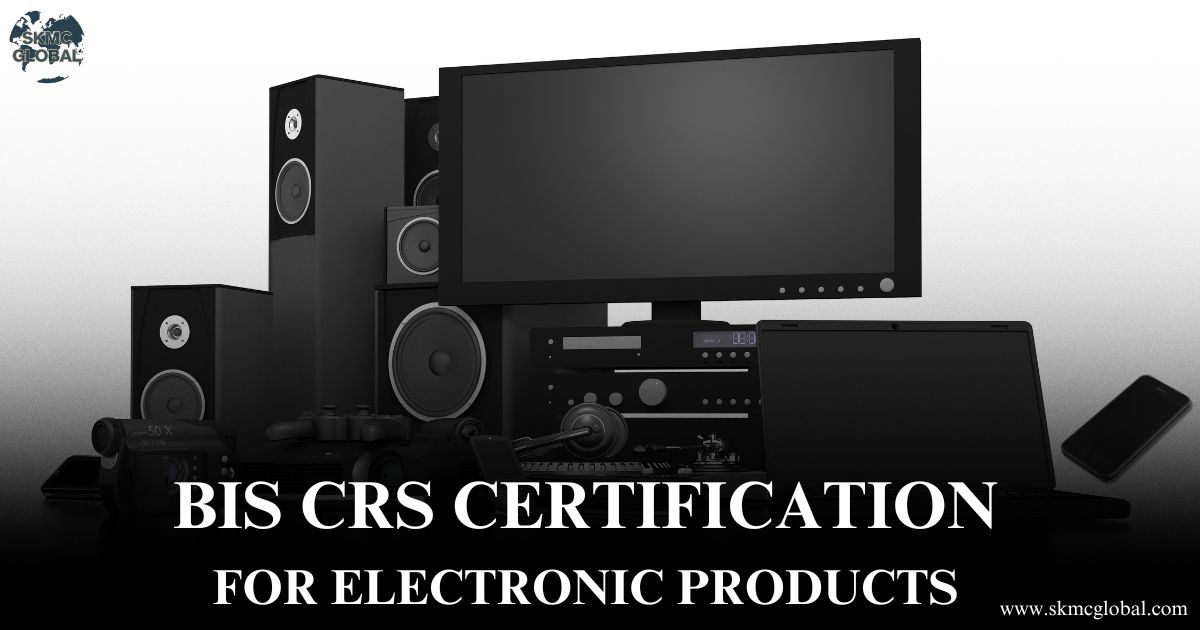 BIS crs certification for electronic products...
Jun 12,2025
BIS crs certification for electronic products...
Jun 12,2025
-
 All you need to know about WPC ETA certification f...
Jun 11,2025
All you need to know about WPC ETA certification f...
Jun 11,2025
-
 What is CDSCO Registration under The Drugs & Cosme...
Jun 10,2025
What is CDSCO Registration under The Drugs & Cosme...
Jun 10,2025
-
 Procedure to Take CDSCO Registration in India: A C...
Jun 09,2025
Procedure to Take CDSCO Registration in India: A C...
Jun 09,2025
-
 All You Need to Know About AERB Registration...
Jun 07,2025
All You Need to Know About AERB Registration...
Jun 07,2025
-
 Understanding POSH (Prevention of Sexual Harassmen...
Jun 03,2025
Understanding POSH (Prevention of Sexual Harassmen...
Jun 03,2025
-
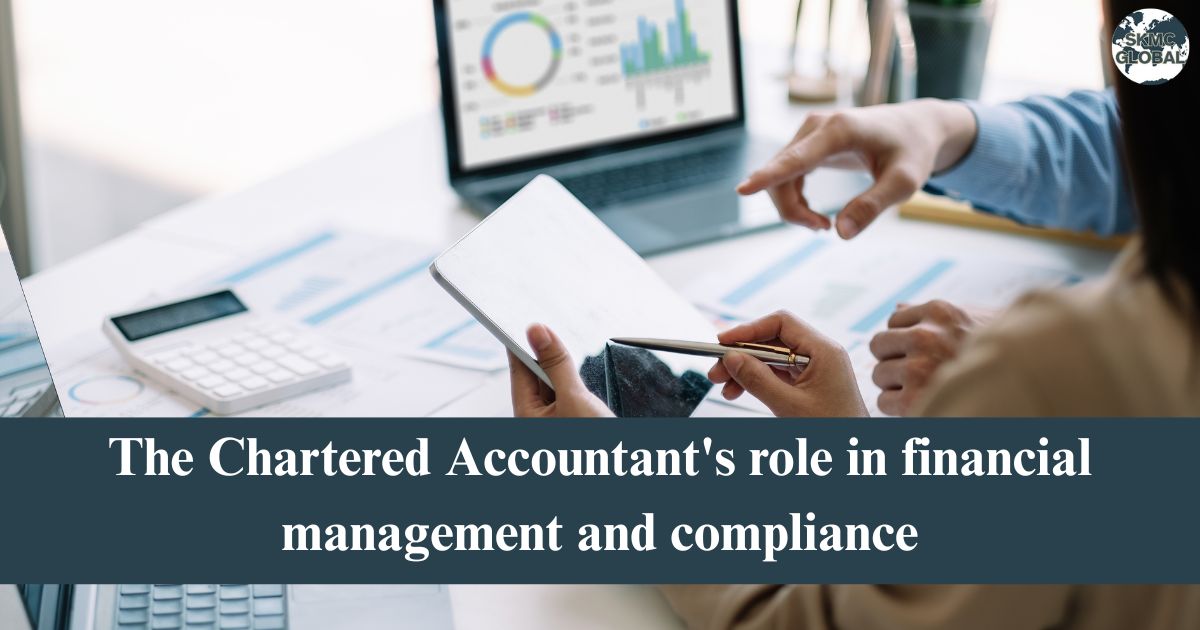 Chartered Accountant's role in financial managemen...
May 23,2025
Chartered Accountant's role in financial managemen...
May 23,2025
-
 5 Things to keep in mind while running your payrol...
May 17,2025
5 Things to keep in mind while running your payrol...
May 17,2025
-
 Why BIS Certification is Crucial for Importers and...
May 15,2025
Why BIS Certification is Crucial for Importers and...
May 15,2025
-
 Top 7 Reasons Indian Entrepreneurs Are Switching t...
May 07,2025
Top 7 Reasons Indian Entrepreneurs Are Switching t...
May 07,2025
-
 Incorporation of Company in Japan...
Apr 24,2025
Incorporation of Company in Japan...
Apr 24,2025
-
 How to set up a Representative Office in Singapore...
Apr 14,2025
How to set up a Representative Office in Singapore...
Apr 14,2025
-
 BIS certificate for medical equipments...
Apr 09,2025
BIS certificate for medical equipments...
Apr 09,2025
-
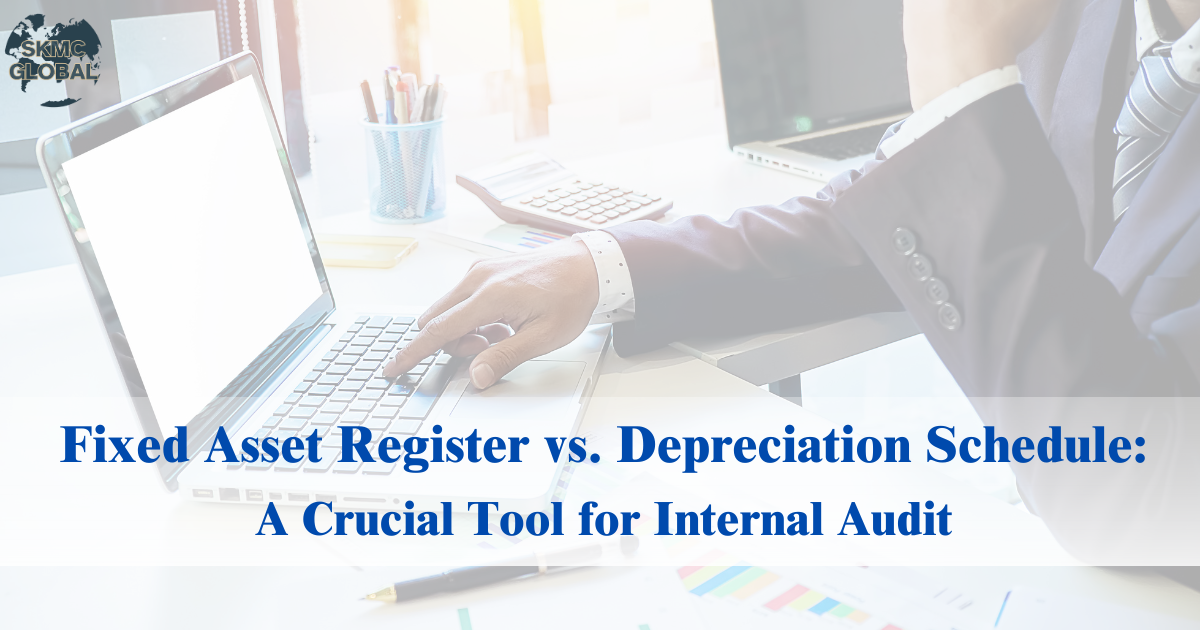 Fixed Asset Register v/s Depreciation Schedule: A ...
Apr 02,2025
Fixed Asset Register v/s Depreciation Schedule: A ...
Apr 02,2025
-
 Role of AI in Accounting...
Mar 26,2025
Role of AI in Accounting...
Mar 26,2025
-
 Capital Structure & its Impact on Profitability...
Feb 21,2025
Capital Structure & its Impact on Profitability...
Feb 21,2025
-
 Union Budget 2025...
Feb 01,2025
Union Budget 2025...
Feb 01,2025
-
 What is EPR in Plastic waste Management? ...
Jul 12,2022
What is EPR in Plastic waste Management? ...
Jul 12,2022
-
 Lithium-ion Battery Recycling Plant Setup in India...
May 10,2022
Lithium-ion Battery Recycling Plant Setup in India...
May 10,2022
-
 Setting up E-waste Recycling Plant Setup...
Jan 12,2022
Setting up E-waste Recycling Plant Setup...
Jan 12,2022
-
 Applicability of Labour Laws in India...
Jul 15,2021
Applicability of Labour Laws in India...
Jul 15,2021
-
 Basis to Outsource Finance and Accounting Services...
Oct 31,2021
Basis to Outsource Finance and Accounting Services...
Oct 31,2021
